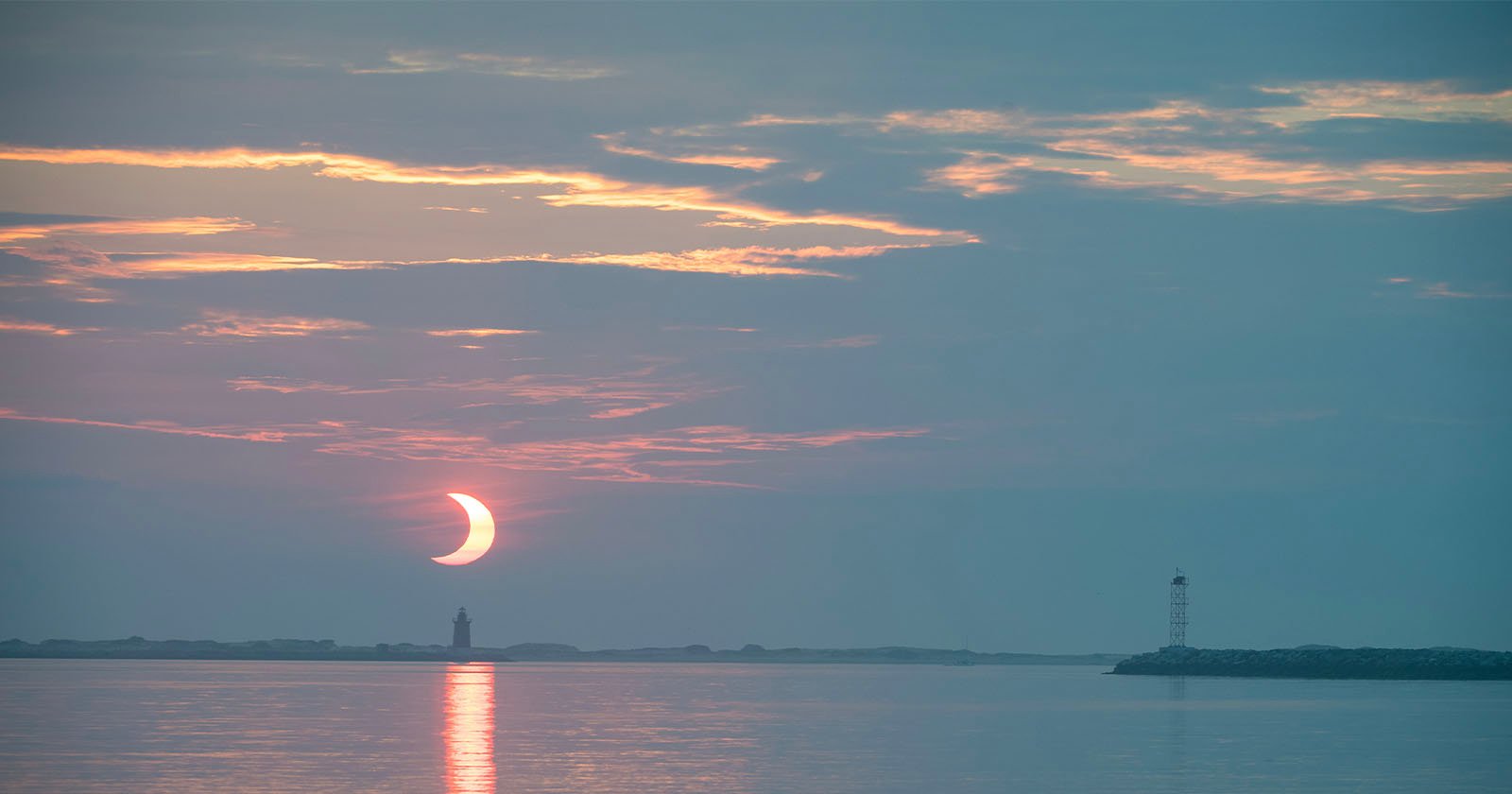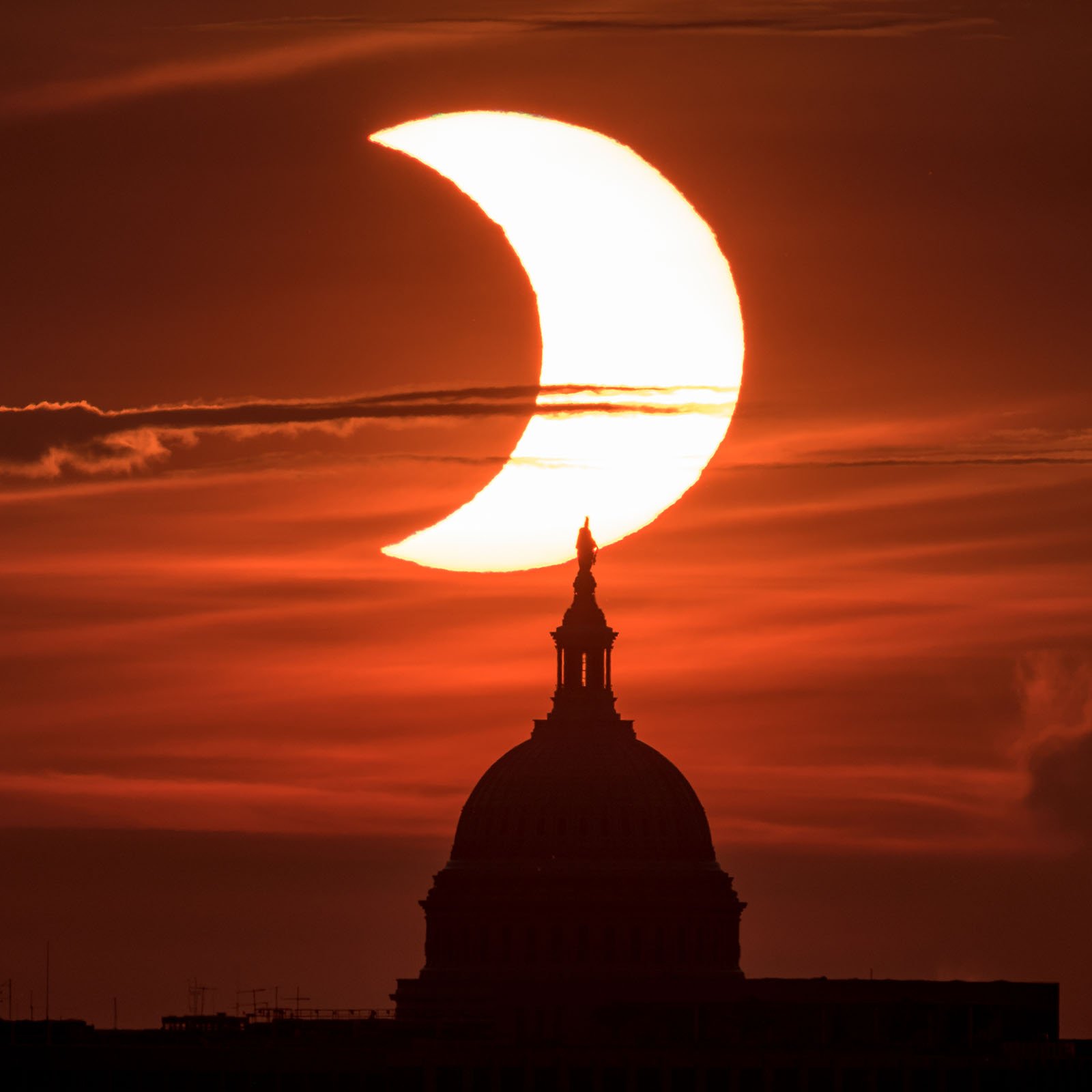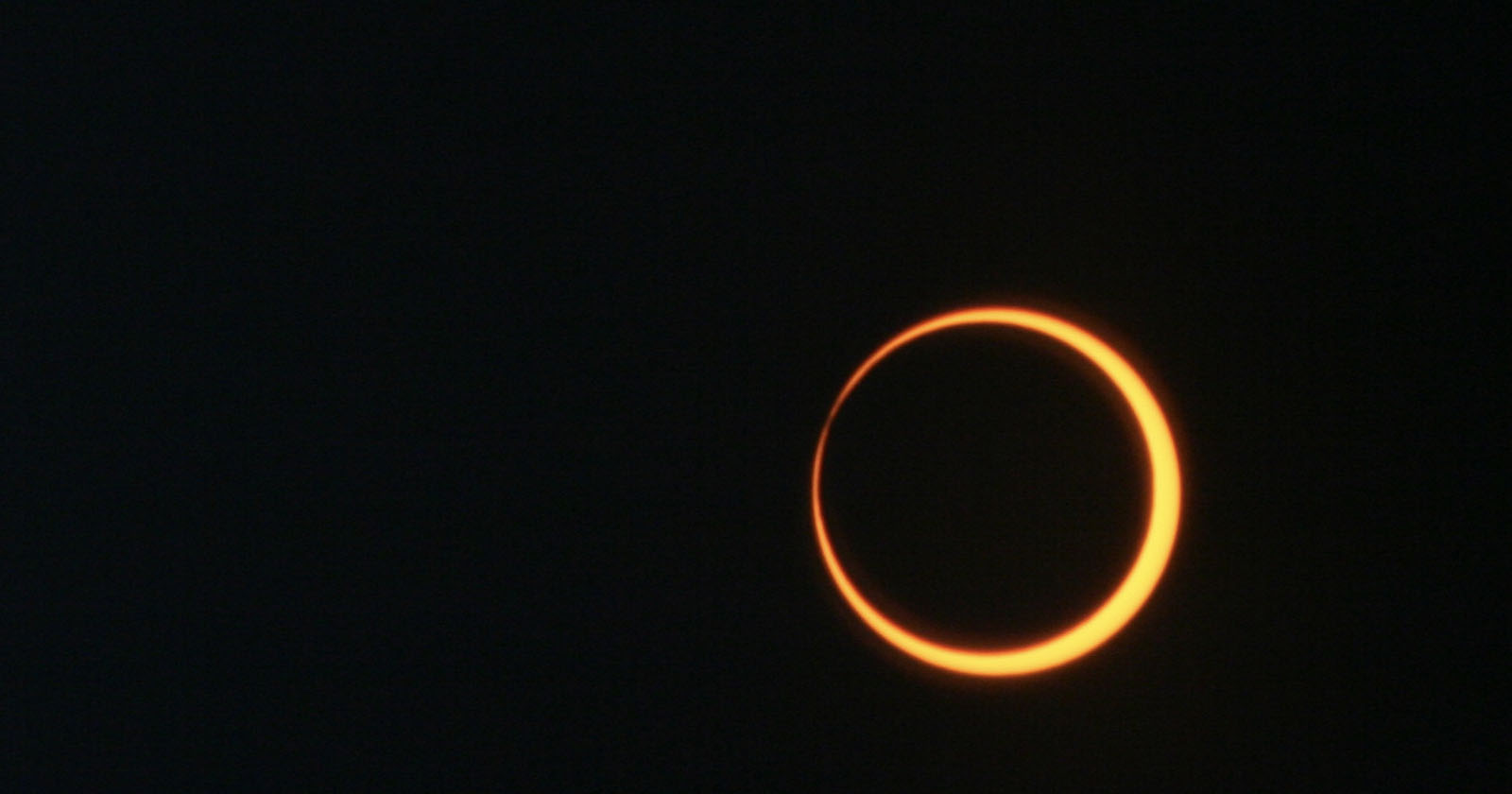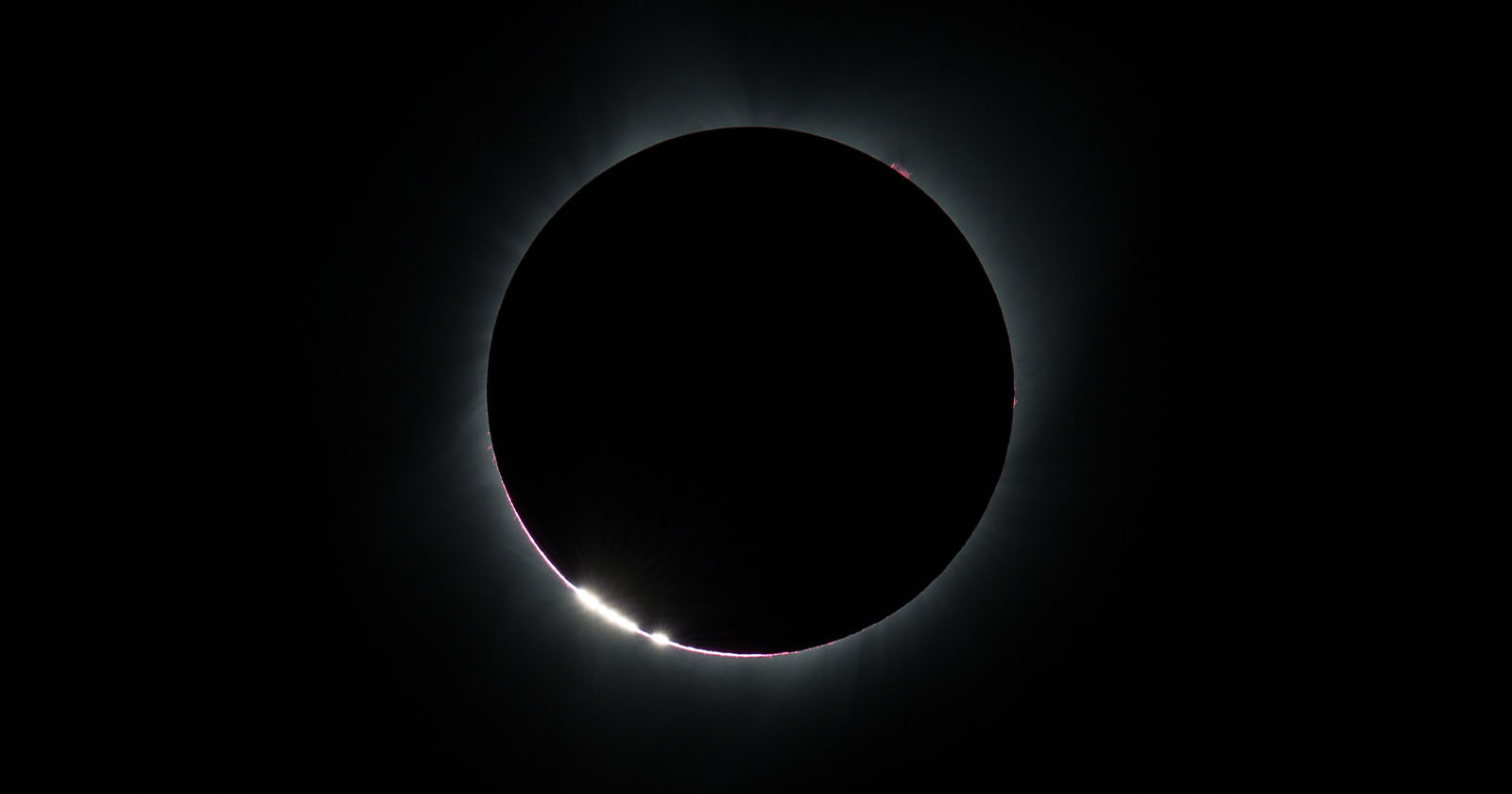What You Need to Know About the ‘Ring of Fire’ Solar Eclipse Next Month

Next month will see an annular solar eclipse viewable from parts of the United States, which means all but an outer ring of the sun will be covered by the moon. The event will offer a stunning opportunity for photographers.
When is the solar eclipse?

The eclipse will take place on Saturday, October 14. It will begin in Oregon at 9:13 AM PT and make its way over to Texas, where it will end at 12:03 PM CT. It will last two and a half hours in total, with four to five minutes of duration of the annual eclipse visible at each location along the path, according to Great American Eclipse.
Where can I see the October eclipse?
The path of the October 2023 eclipse the solar eclipse will go through Oregon, the very tip of north-east California, Nevada, Utah, the northwest tip of Arizona, the southwest tip of Colorado, New Mexico, and Texas.

A partial eclipse will be visible at varying stages throughout the mainland of the U.S. with New England seeing only a 10 to 20% eclipse.
Anyone trying to catch a glimpse, regardless of the amount of sun covered, should be eclipse glasses to protect their eyes. It is important to get certified ones from a trusted source, as looking directly at the sun without protection can cause severe eye damage. When taking pictures, it is important to use a solar filter — the same goes for telescopes and binoculars — and not to look through these lenses with eclipse glasses. It is also possible to safely observe the eclipse by looking indirectly, for example, by using pinhole projection.
“If you could design an eclipse path that maximizes the number of national parks in its path, this is it! See the eclipse fly over Crater Lake National Park, Great Basin National Park, and others in the Four Corners region. The archeo-astronomical site at Chaco Canyon is ideally situated for a dramatic eclipse. In Texas, the path of this eclipse intersects the path of the April 8, 2024 total solar eclipse in the San Antonio region,” explains Great American Eclipse.
What is an annular eclipse?
An annular eclipse is when the moon covers the sun, but leaves a ring of light exposed. This is different from a total eclipse where all of the sun is covered. The ring of light left encompasses the moon. It’s a spectacular sight and should elicit some incredible photos.
What are Baily’s Beads?

While many will likely be vying for views of the full annular eclipse, just outside of that, a phenomenon called Baily’s Beads can be observed. These are created by sunlight shining through gaps in mountains on the moon, space.com explains. These can typically be seen on the edges of the main eclipse path.
When is the next solar eclipse?

The next solar eclipse will take place next year in April, and it’ll be the last one in the U.S. for a while. There won’t be another solar eclipse viewable in the U.S. for another 20 years.
Set your calendars — 2 years until the next total solar eclipse! 🤩 https://t.co/MPgdQHZRE5 pic.twitter.com/sQ1ax2UFCA
— AccuWeather (@accuweather) April 8, 2022
That said, it is expected to be an incredibly impressive sight. It’ll be a total eclipse, as opposed to the annular eclipse that will be visible in October 2023. That means the entirety of the sun will be obscured by the moon. The 2024 eclipse will stretch all the way from New England down to Texas. The next one in 2044 will only be visible in Montana and the Dakotas.
Image credits: NASA